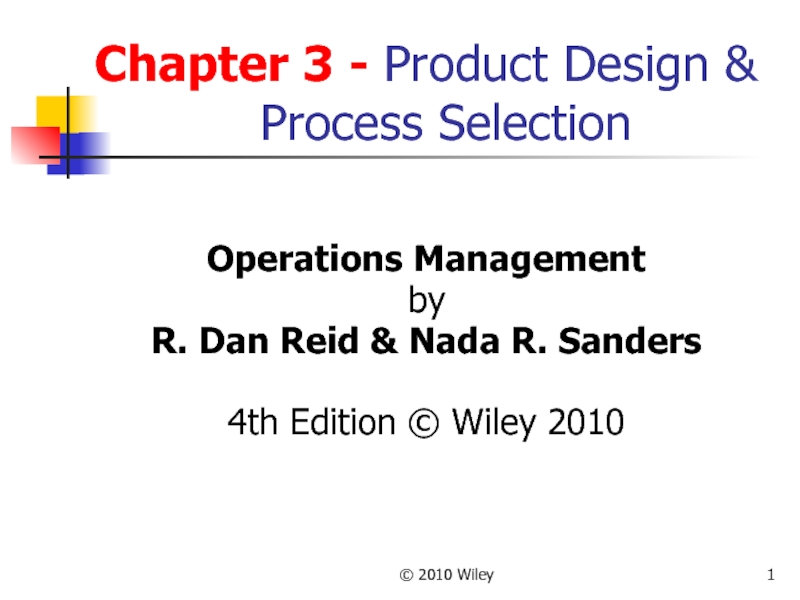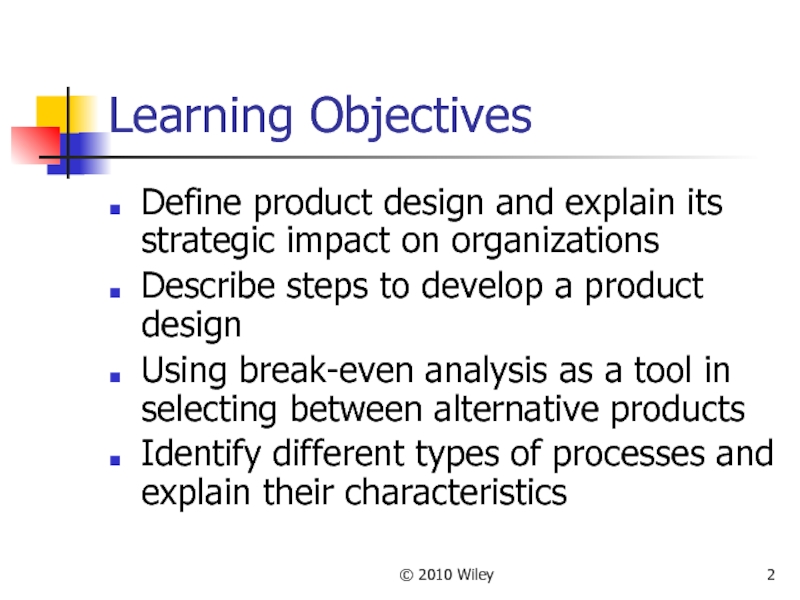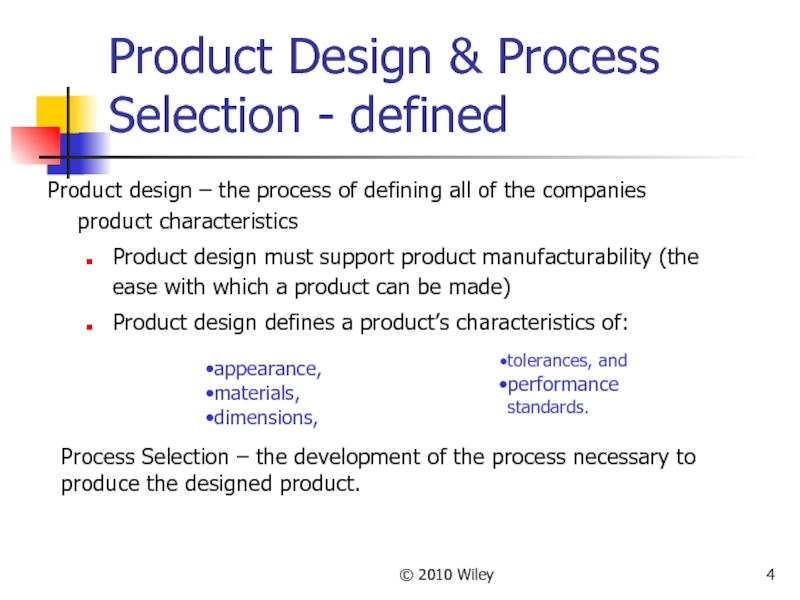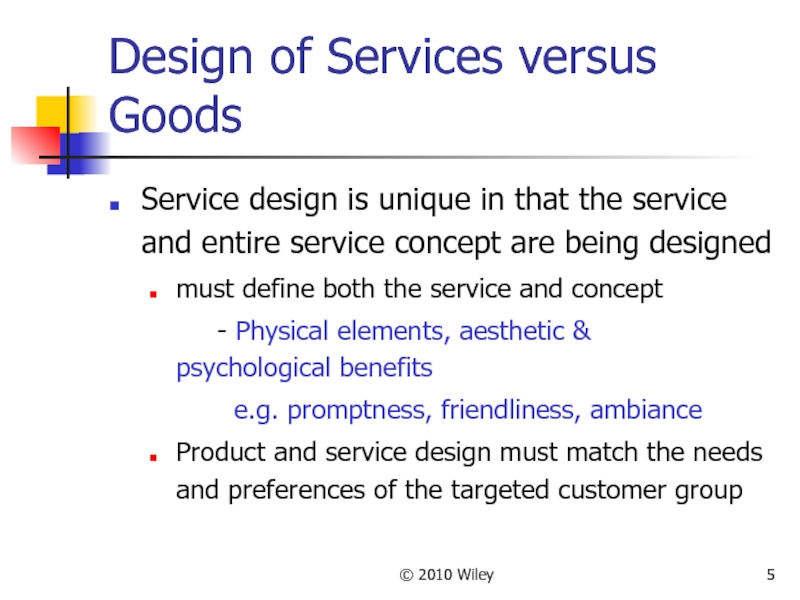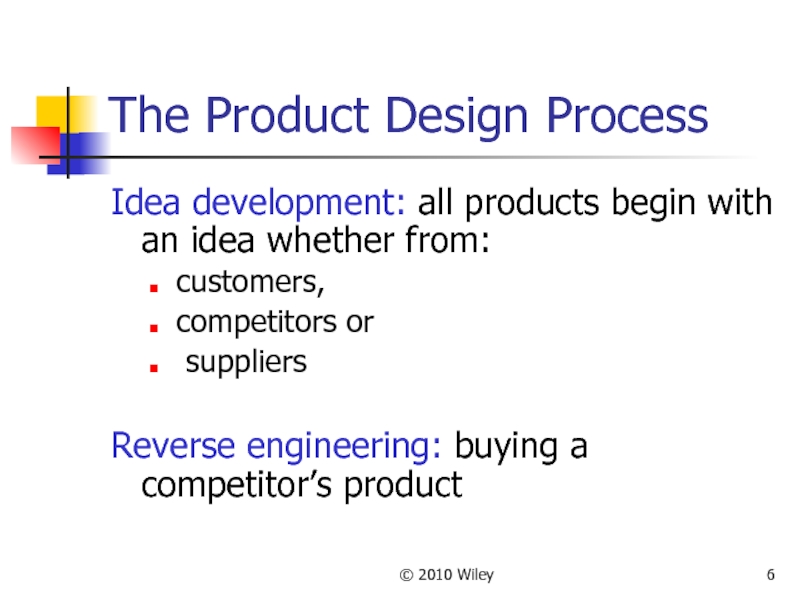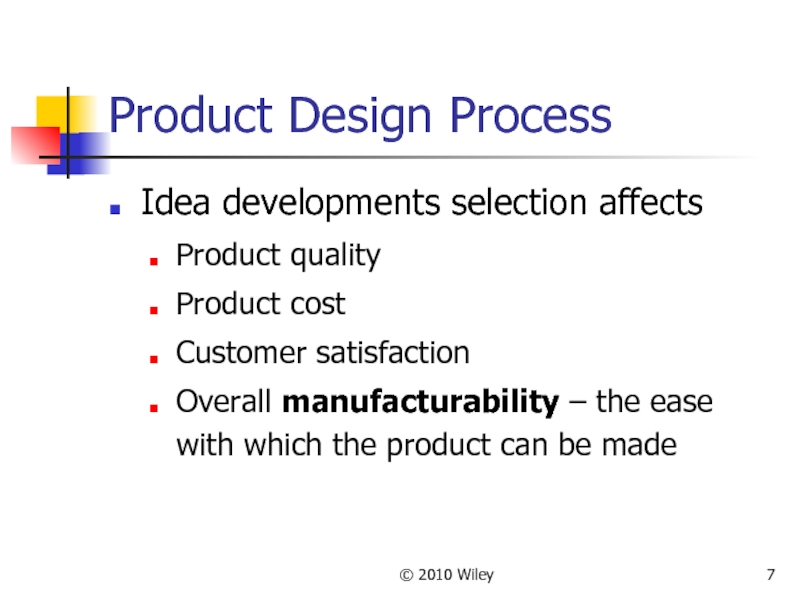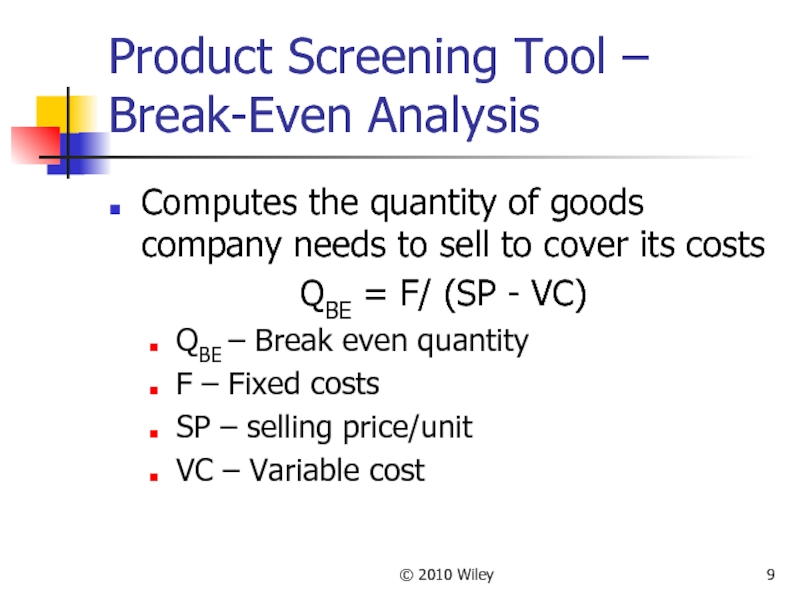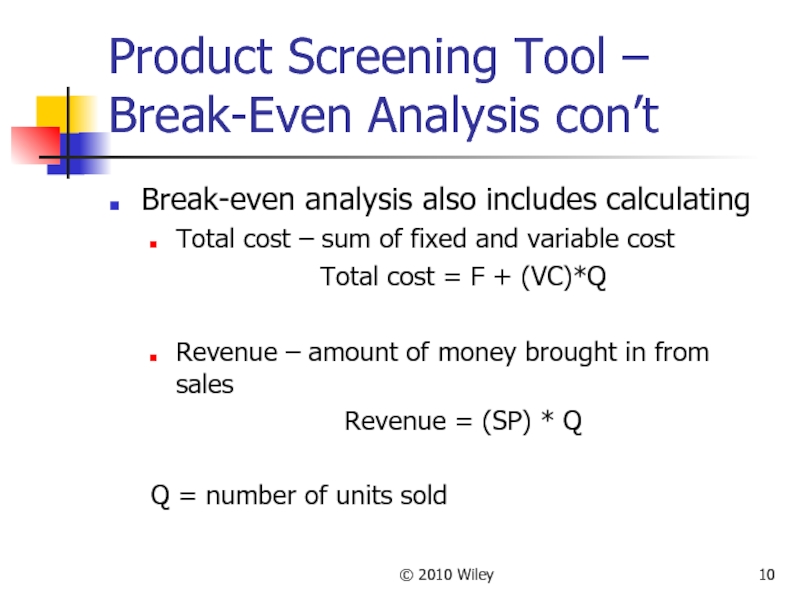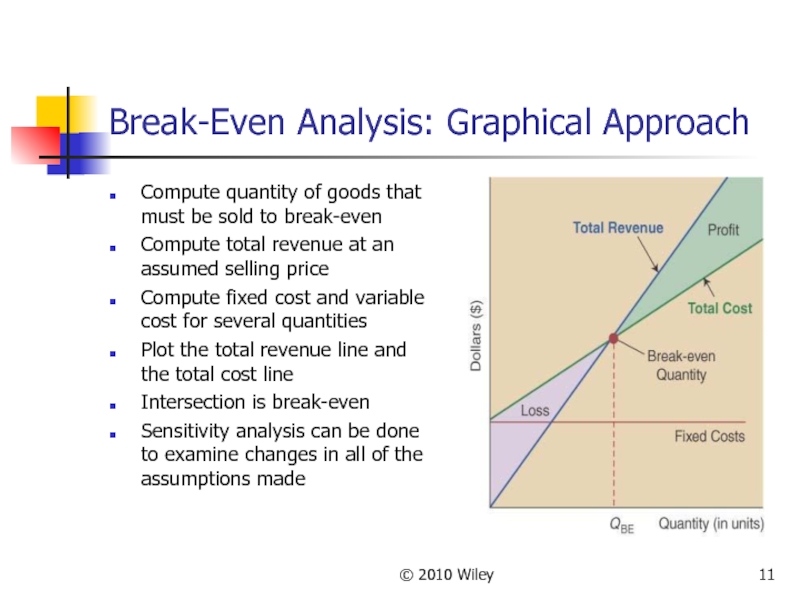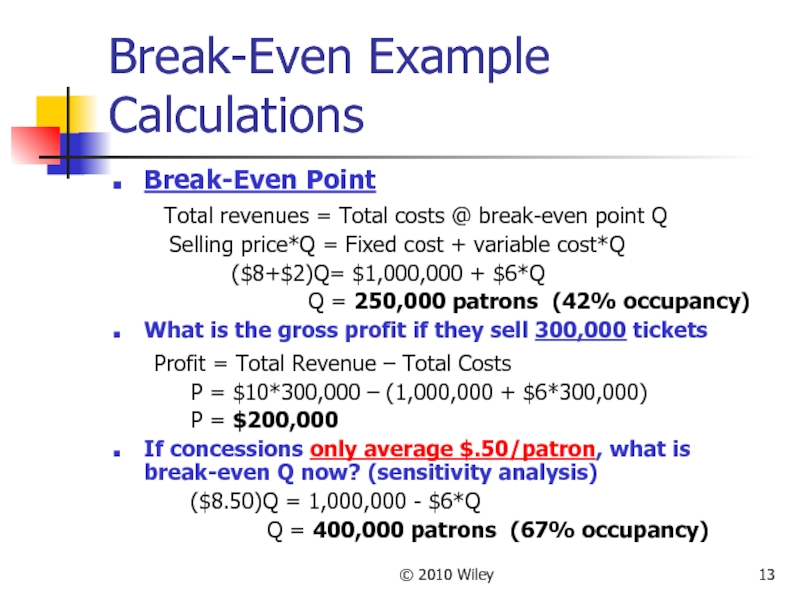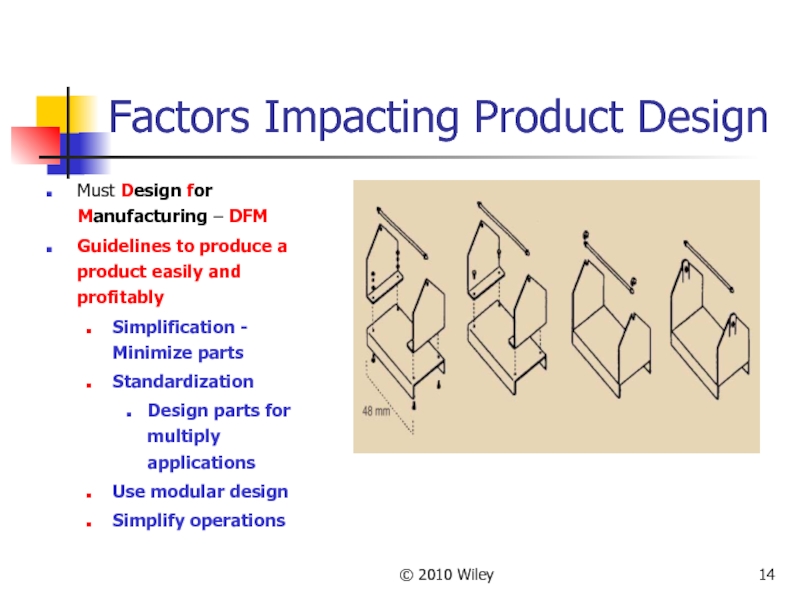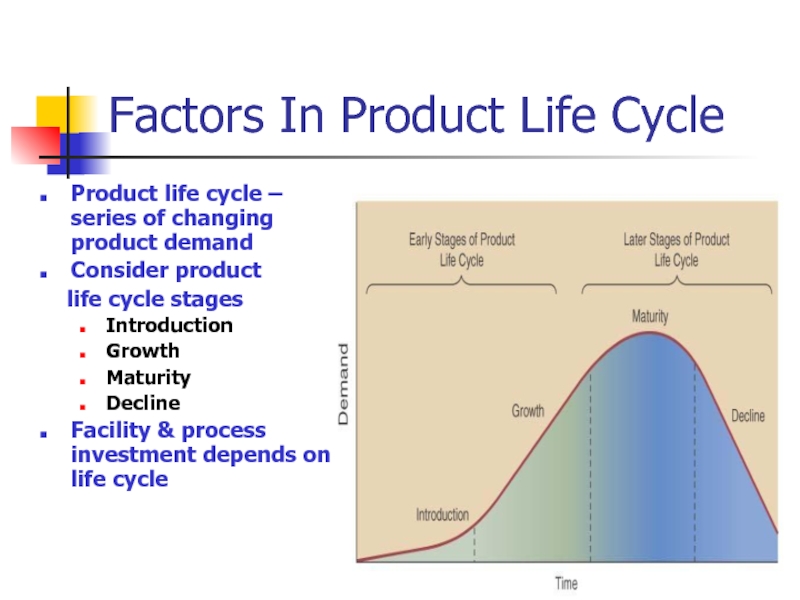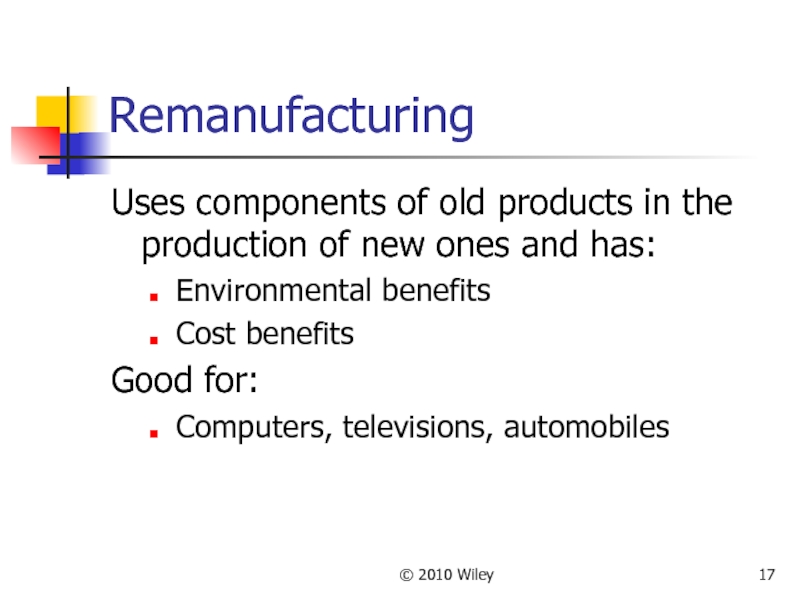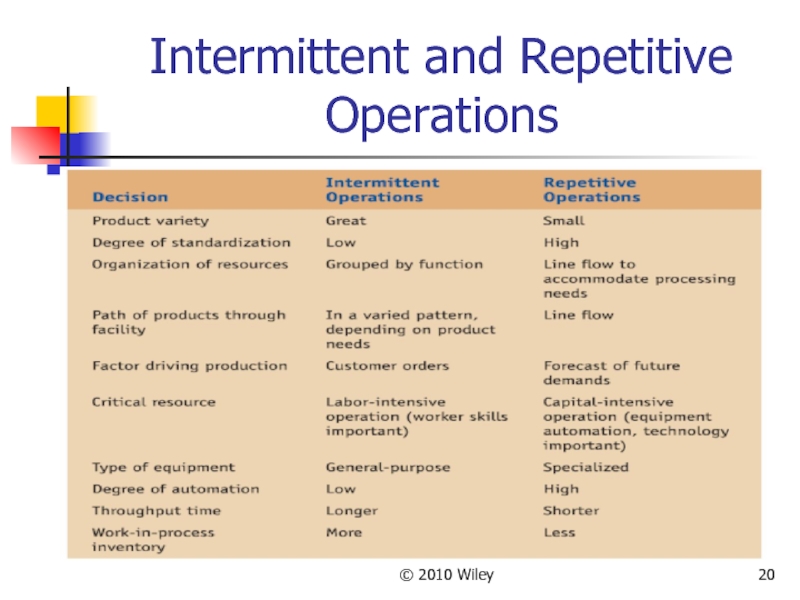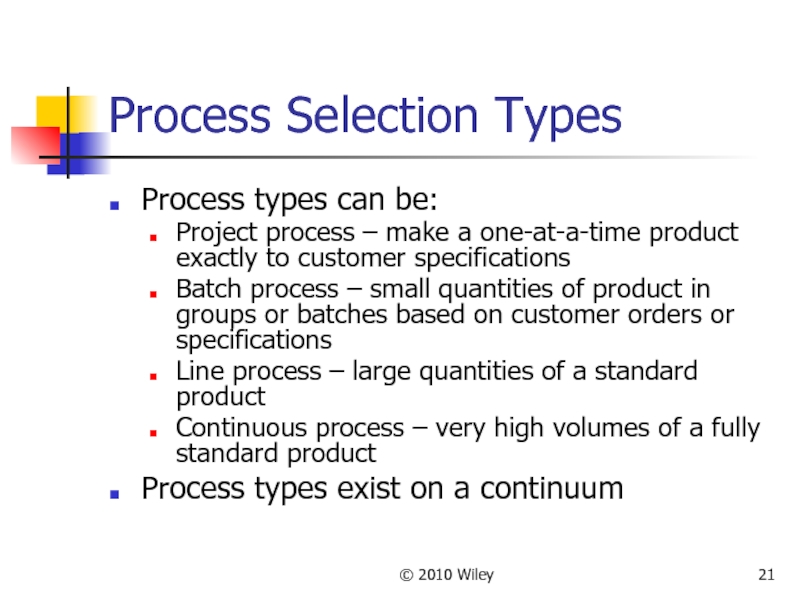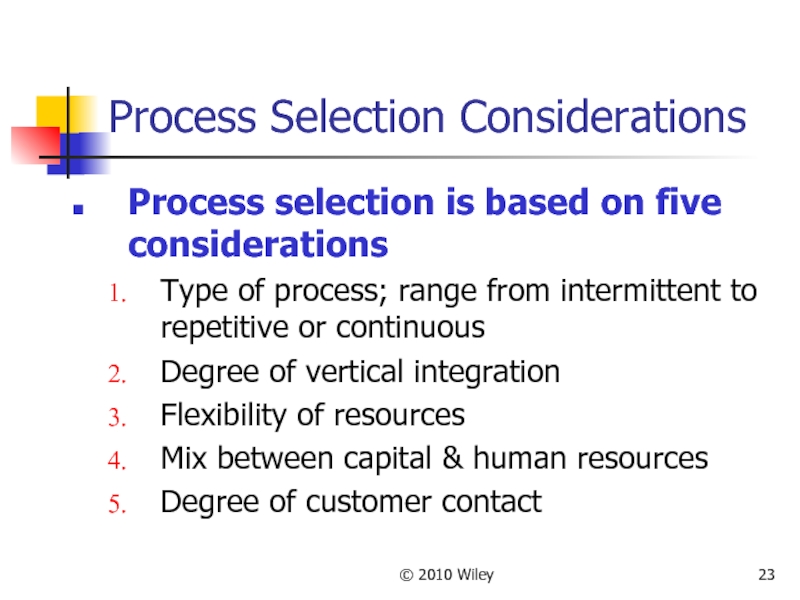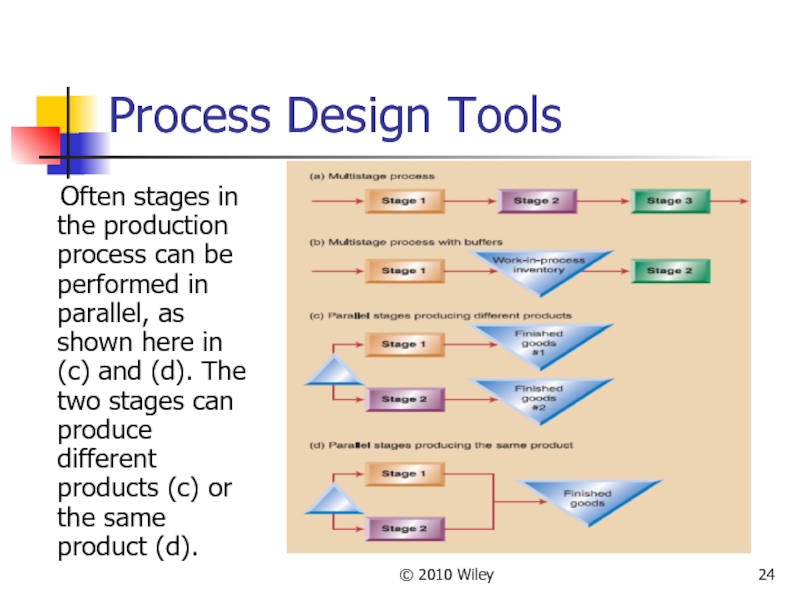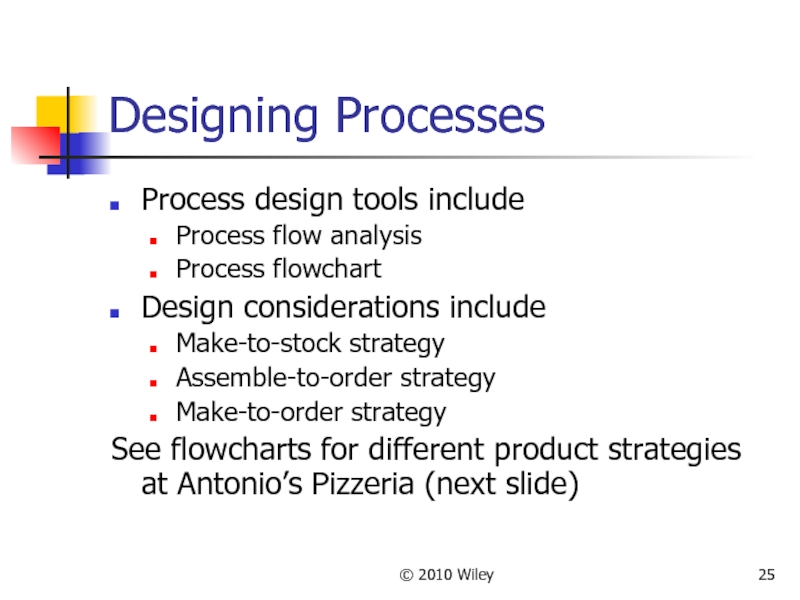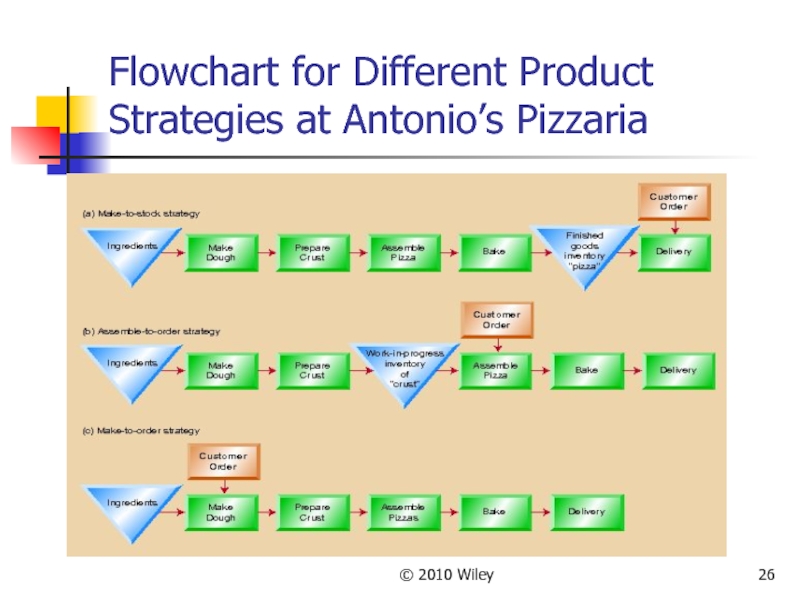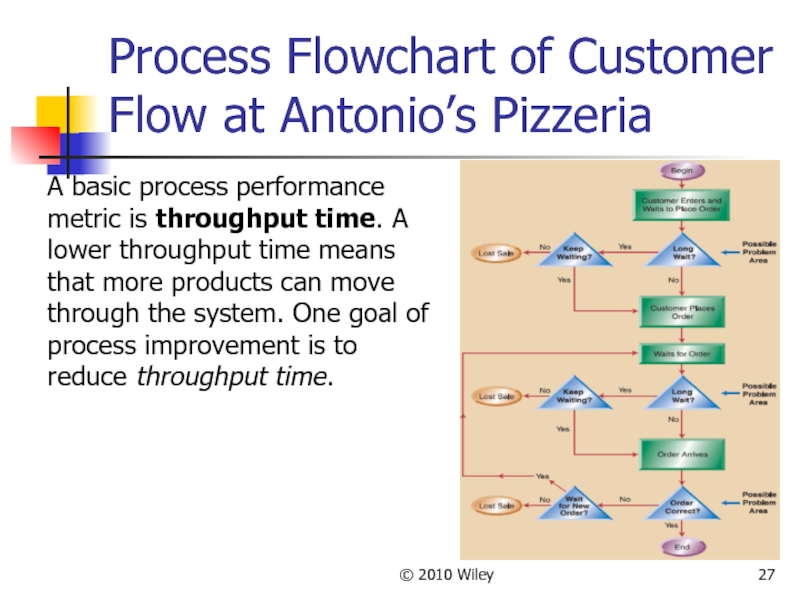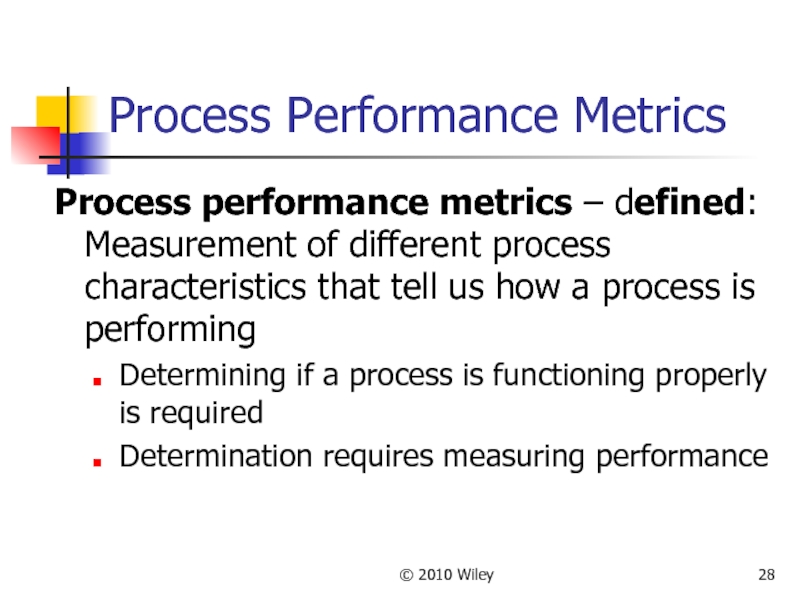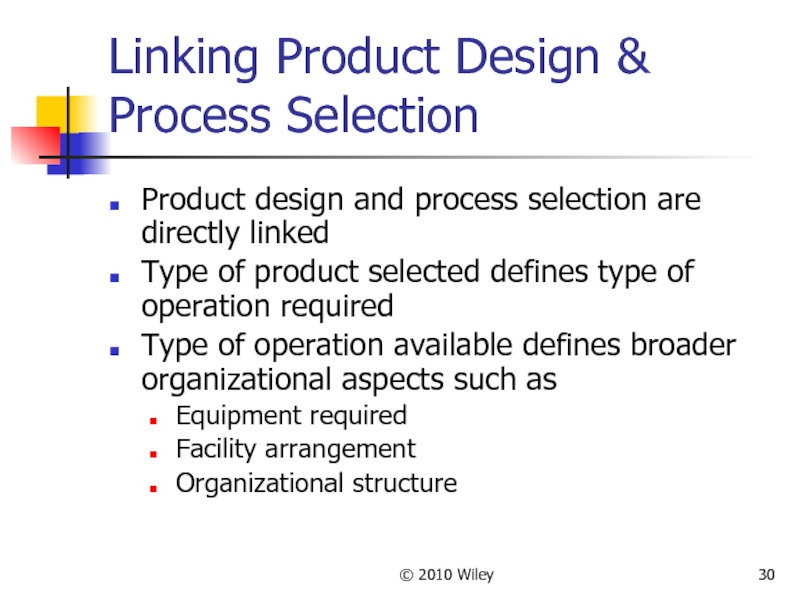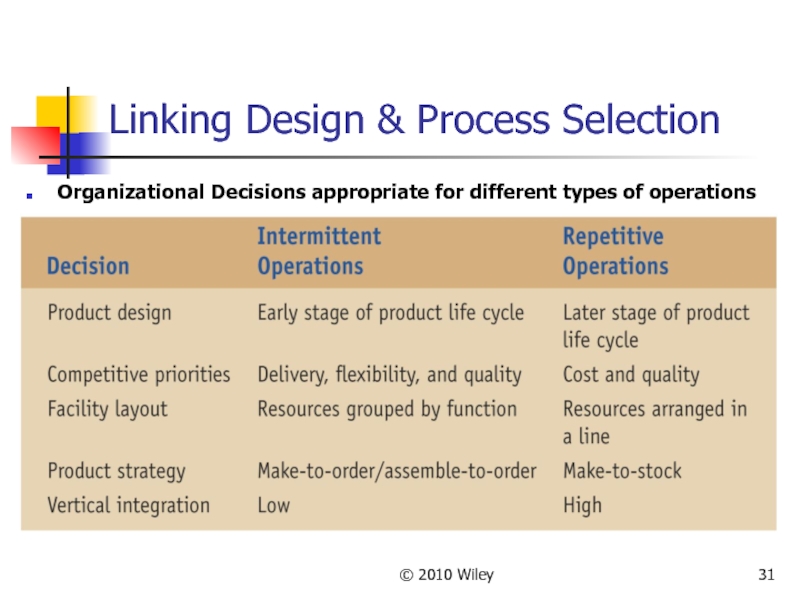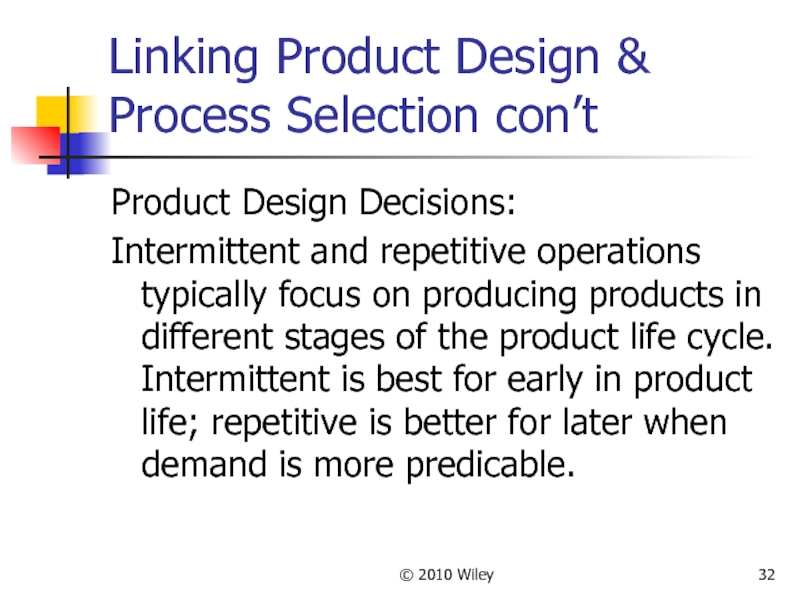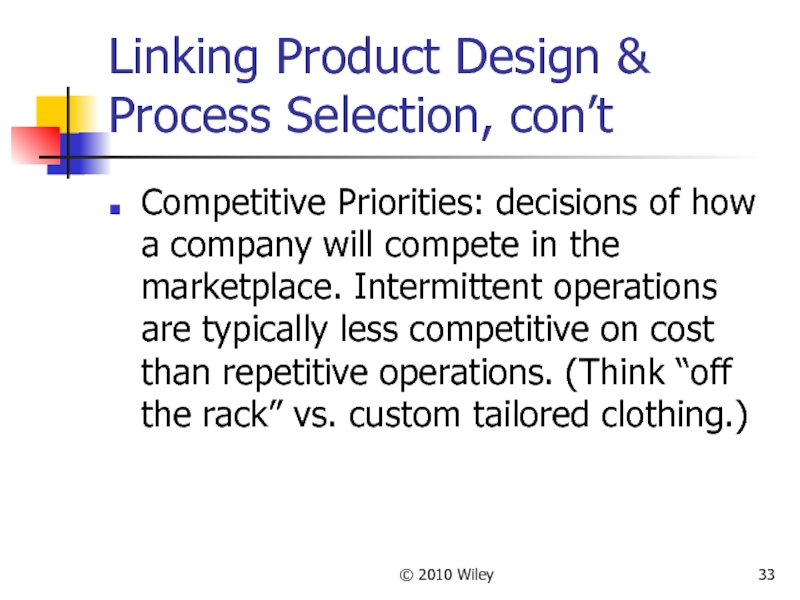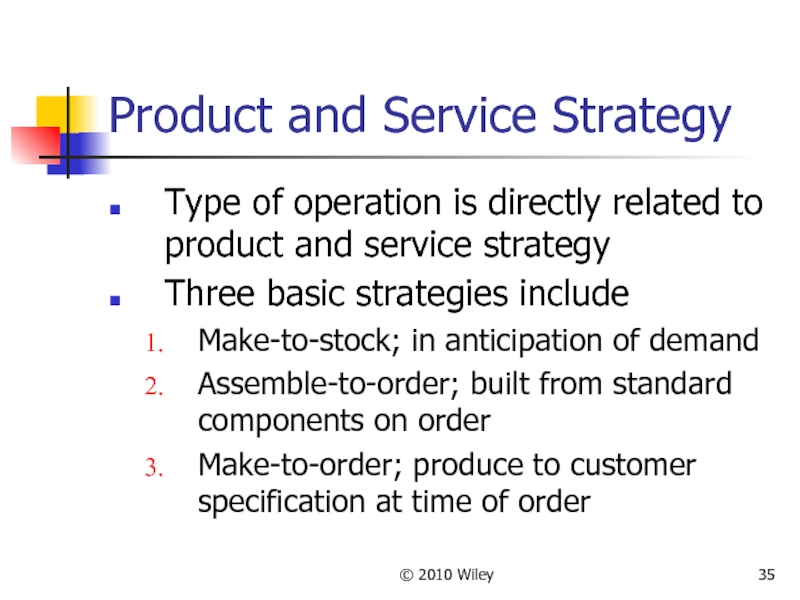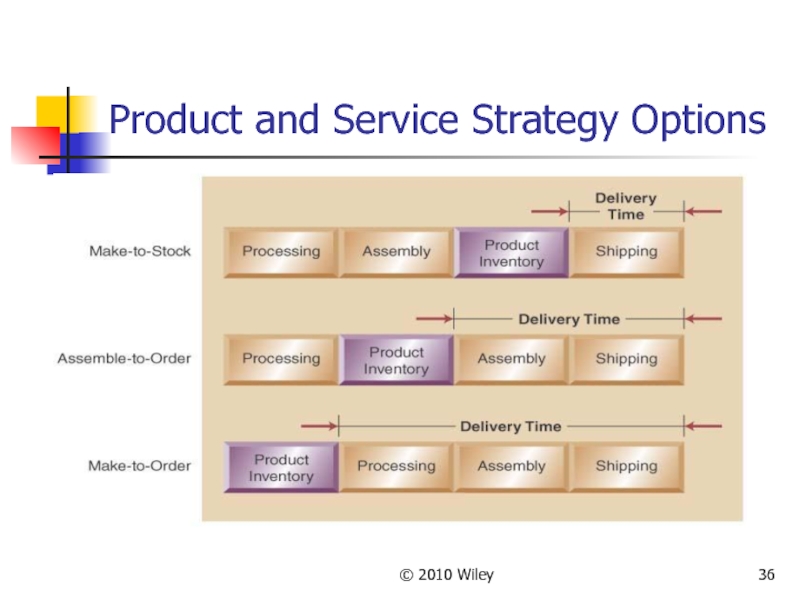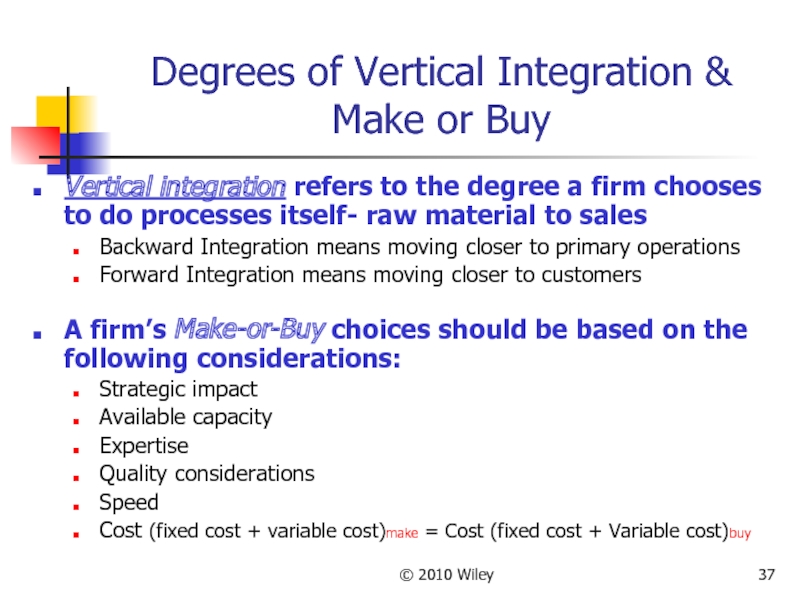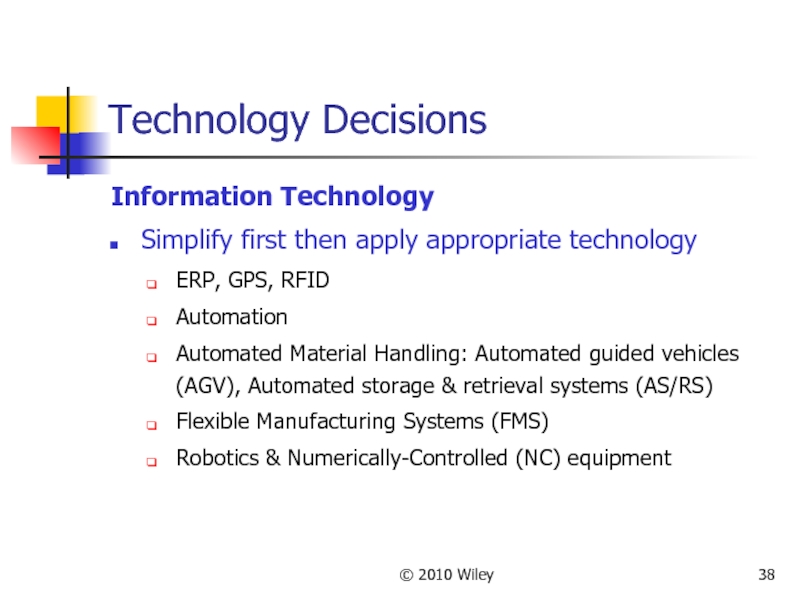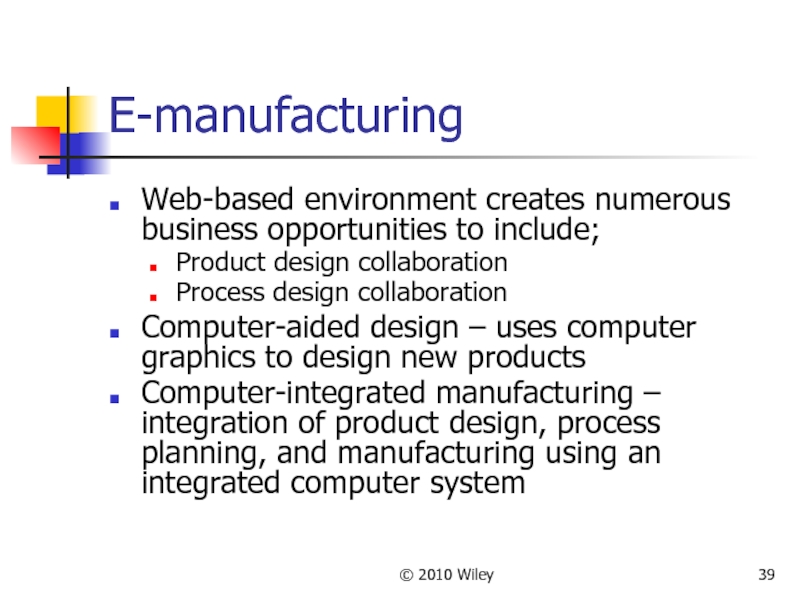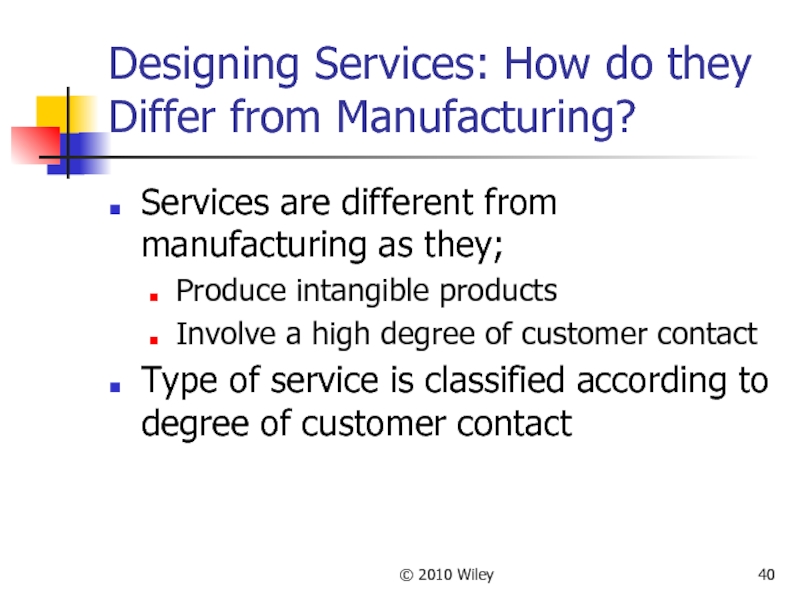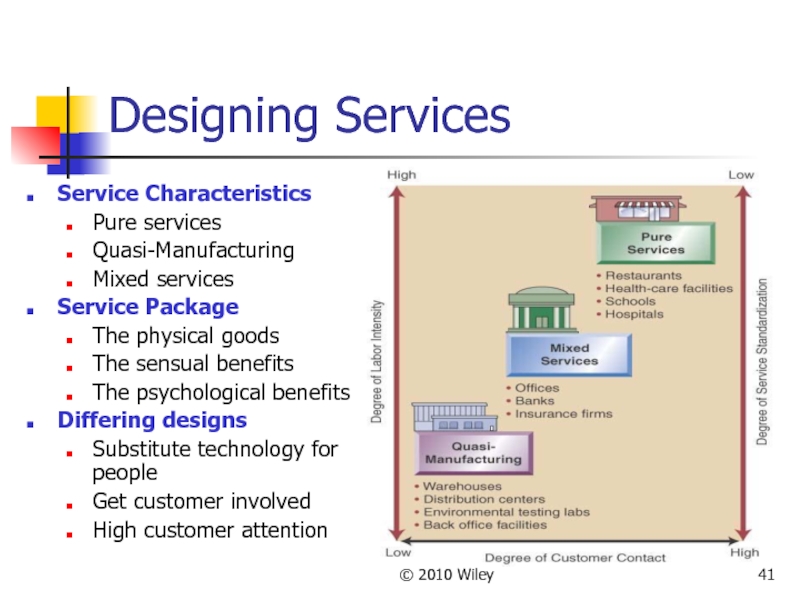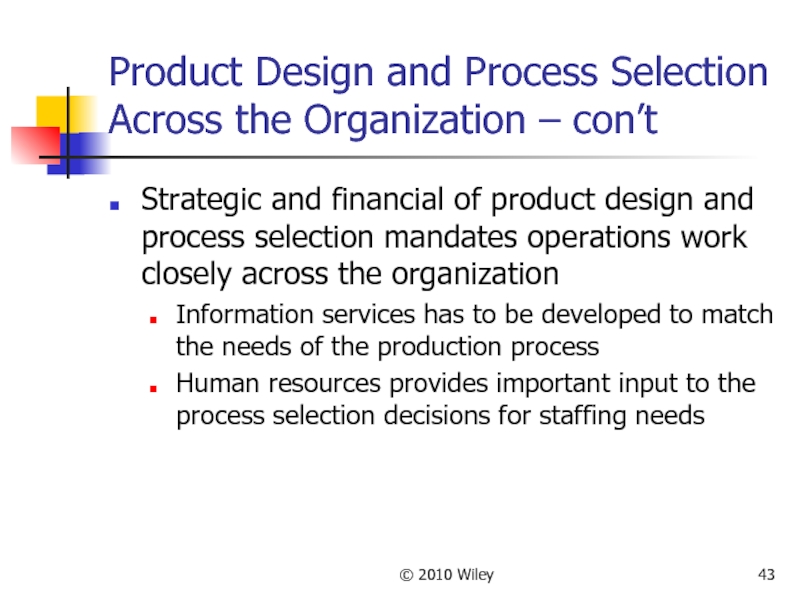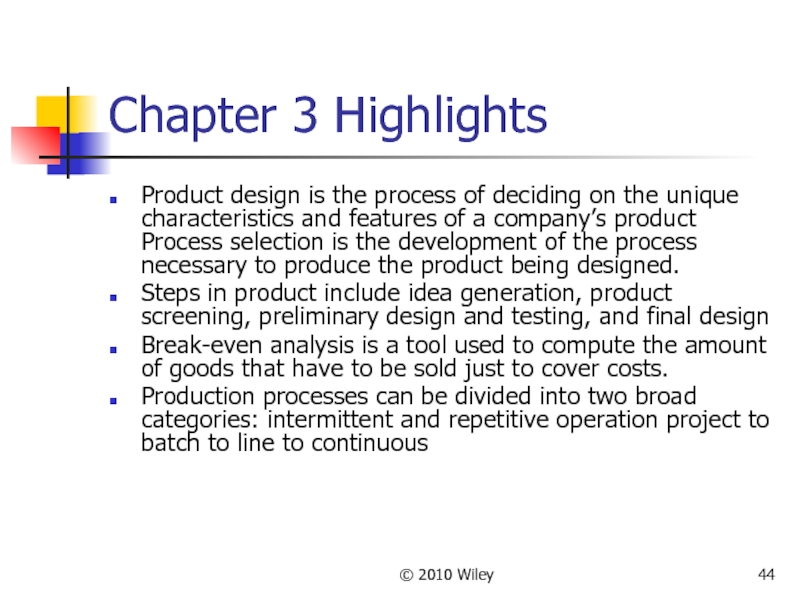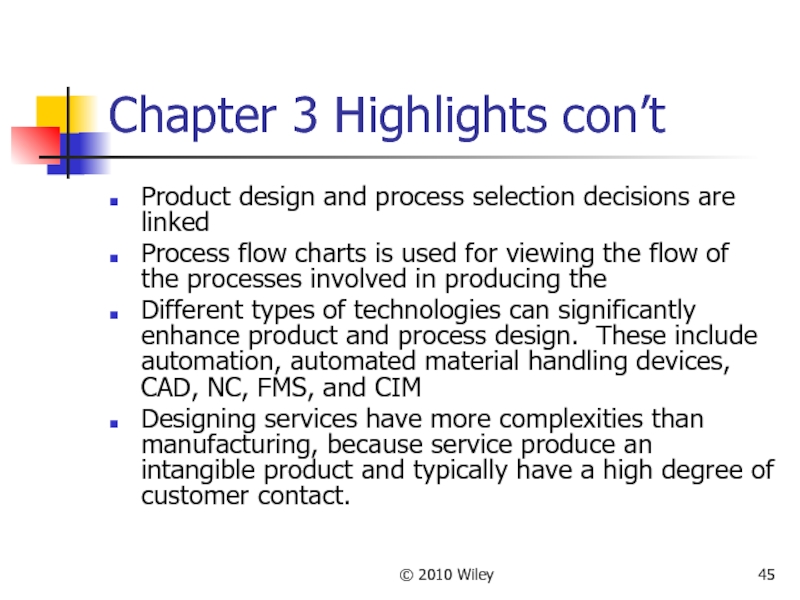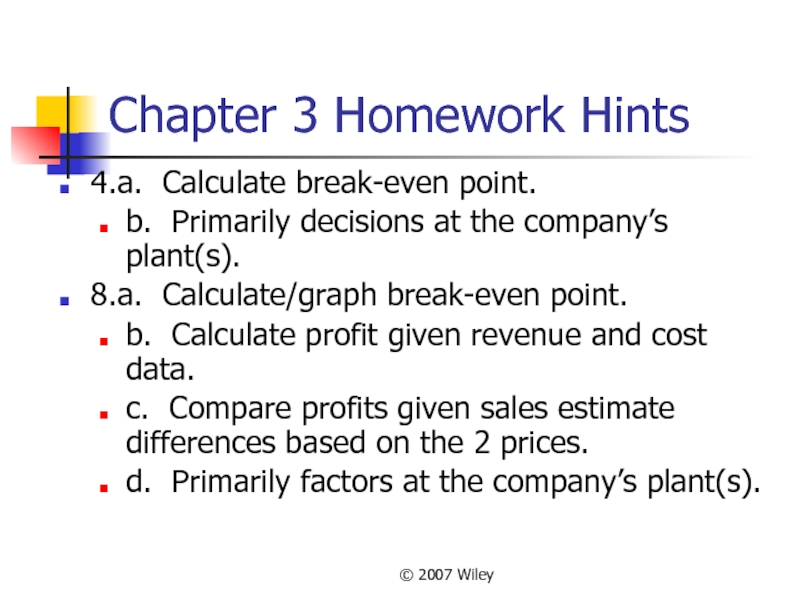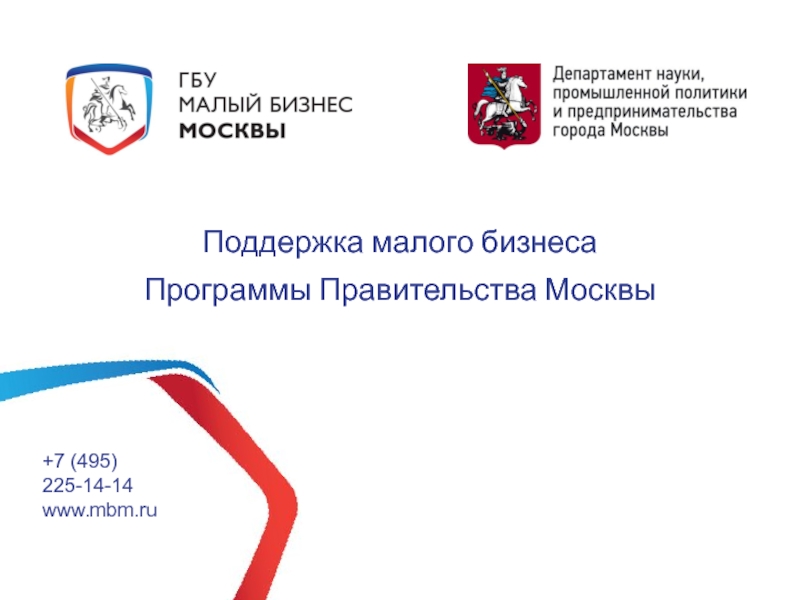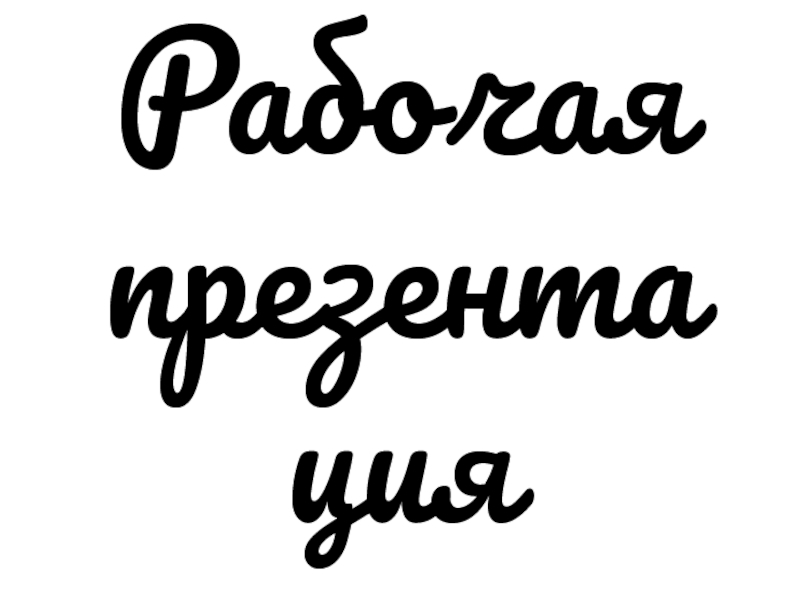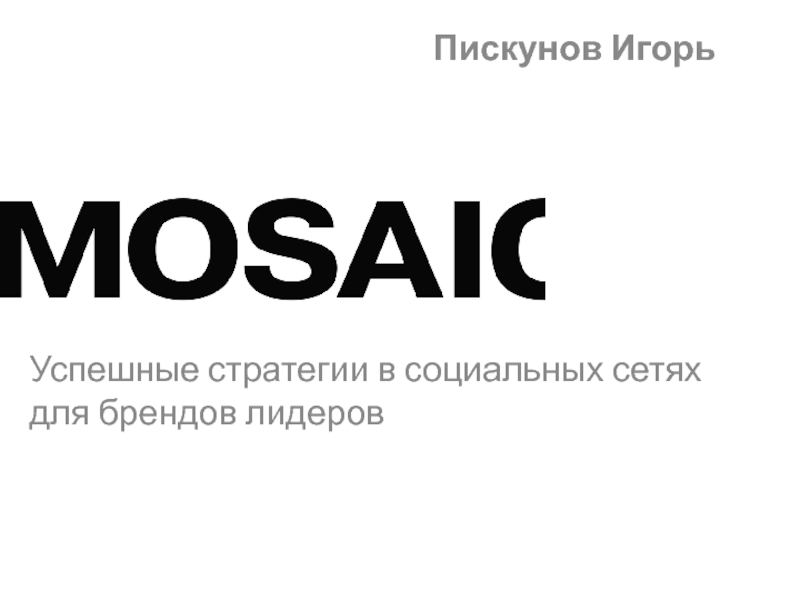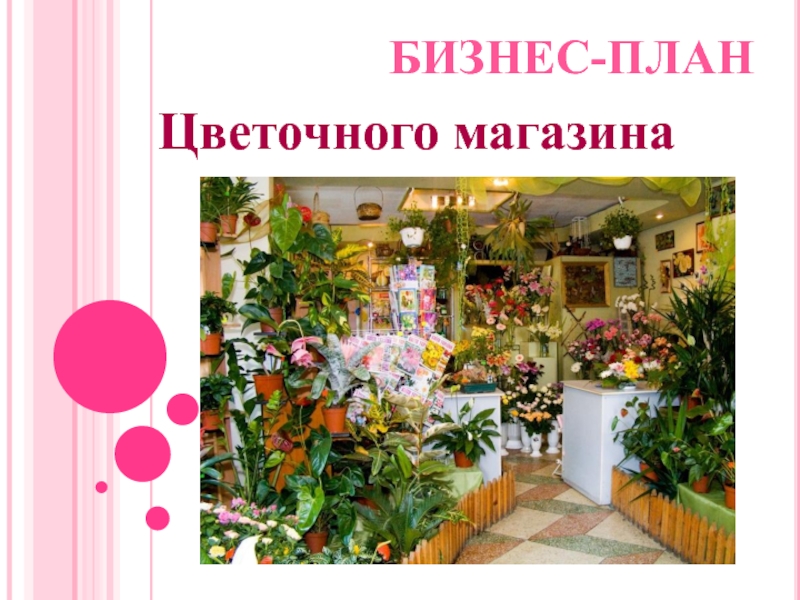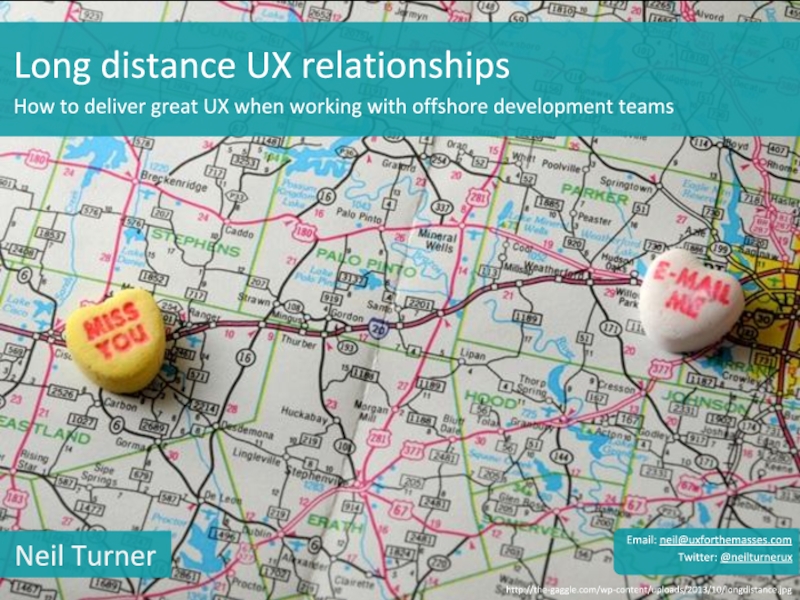- Главная
- Разное
- Дизайн
- Бизнес и предпринимательство
- Аналитика
- Образование
- Развлечения
- Красота и здоровье
- Финансы
- Государство
- Путешествия
- Спорт
- Недвижимость
- Армия
- Графика
- Культурология
- Еда и кулинария
- Лингвистика
- Английский язык
- Астрономия
- Алгебра
- Биология
- География
- Детские презентации
- Информатика
- История
- Литература
- Маркетинг
- Математика
- Медицина
- Менеджмент
- Музыка
- МХК
- Немецкий язык
- ОБЖ
- Обществознание
- Окружающий мир
- Педагогика
- Русский язык
- Технология
- Физика
- Философия
- Химия
- Шаблоны, картинки для презентаций
- Экология
- Экономика
- Юриспруденция
Product design and process selection презентация
Содержание
- 1. Product design and process selection
- 2. © 2010 Wiley Learning Objectives Define product
- 3. © 2010 Wiley Learning Objectives – con’t
- 4. © 2010 Wiley Product Design & Process
- 5. © 2010 Wiley Design of Services versus
- 6. © 2010 Wiley The Product Design Process
- 7. © 2010 Wiley Product Design Process Idea
- 8. © 2010 Wiley The Product Design Process
- 9. © 2010 Wiley Product Screening Tool –
- 10. © 2010 Wiley Product Screening Tool –
- 11. © 2010 Wiley Break-Even Analysis: Graphical Approach
- 12. © 2010 Wiley Break-Even Example: A
- 13. © 2010 Wiley Break-Even Example Calculations Break-Even
- 14. © 2010 Wiley Factors Impacting Product Design
- 15. © 2010 Wiley Factors In Product Life
- 16. © 2010 Wiley Concurrent Engineering Old “over-the-wall”
- 17. © 2010 Wiley Remanufacturing Uses components of
- 18. © 2010 Wiley Types of Processes Intermittent
- 19. © 2010 Wiley Process Selection Product design
- 20. © 2010 Wiley Intermittent and Repetitive Operations
- 21. © 2010 Wiley Process Selection Types Process
- 22. © 2010 Wiley Underlying Process Relationship Between Volume and Standardization Continuum
- 23. © 2010 Wiley Process Selection Considerations Process
- 24. © 2010 Wiley Process Design Tools
- 25. © 2010 Wiley Designing Processes Process design
- 26. © 2010 Wiley Flowchart for Different Product Strategies at Antonio’s Pizzaria
- 27. © 2010 Wiley Process Flowchart of Customer
- 28. © 2010 Wiley Process Performance Metrics Process
- 29. © 2010 Wiley Process Performance Metrics
- 30. © 2010 Wiley Linking Product Design &
- 31. © 2010 Wiley Linking Design & Process
- 32. © 2010 Wiley Linking Product Design &
- 33. © 2010 Wiley Linking Product Design &
- 34. © 2010 Wiley Intermittent VS. Repetitive Facility Layouts
- 35. © 2010 Wiley Product and Service Strategy
- 36. © 2010 Wiley Product and Service Strategy Options
- 37. © 2010 Wiley Degrees of Vertical Integration
- 38. © 2010 Wiley Technology Decisions Information Technology
- 39. © 2010 Wiley E-manufacturing Web-based environment creates
- 40. © 2010 Wiley Designing Services: How do
- 41. © 2010 Wiley Designing Services Service Characteristics
- 42. © 2010 Wiley Product Design and Process
- 43. © 2010 Wiley Product Design and Process
- 44. © 2010 Wiley Chapter 3 Highlights Product
- 45. © 2010 Wiley Chapter 3 Highlights con’t
- 46. © 2007 Wiley Chapter 3 Homework Hints
Слайд 1© 2010 Wiley
Chapter 3 - Product Design & Process Selection
Operations
by
R. Dan Reid & Nada R. Sanders
4th Edition © Wiley 2010
Слайд 2© 2010 Wiley
Learning Objectives
Define product design and explain its strategic impact
Describe steps to develop a product design
Using break-even analysis as a tool in selecting between alternative products
Identify different types of processes and explain their characteristics
Слайд 3© 2010 Wiley
Learning Objectives – con’t
Understand how to use a process
Understand how to use process performance metrics
Understand current technology advancements and how they impact process and product design
Understand issues impacting the design of service operations
Слайд 4© 2010 Wiley
Product Design & Process Selection - defined
Product design –
Product design must support product manufacturability (the ease with which a product can be made)
Product design defines a product’s characteristics of:
appearance,
materials,
dimensions,
tolerances, and
performance standards.
Process Selection – the development of the process necessary to produce the designed product.
Слайд 5© 2010 Wiley
Design of Services versus Goods
Service design is unique in
must define both the service and concept
- Physical elements, aesthetic & psychological benefits
e.g. promptness, friendliness, ambiance
Product and service design must match the needs and preferences of the targeted customer group
Слайд 6© 2010 Wiley
The Product Design Process
Idea development: all products begin with
customers,
competitors or
suppliers
Reverse engineering: buying a competitor’s product
Слайд 7© 2010 Wiley
Product Design Process
Idea developments selection affects
Product quality
Product cost
Customer satisfaction
Overall
Слайд 8© 2010 Wiley
The Product Design Process
Step 1 - Idea Development -
Step 2 - Product Screening - Every business needs a formal/structured evaluation process: fit with facility and labor skills, size of market, contribution margin, break-even analysis, return on sales
Step 3 – Preliminary Design and Testing - Technical specifications are developed, prototypes built, testing starts
Step 4 – Final Design - Final design based on test results, facility, equipment, material, & labor skills defined, suppliers identified
Слайд 9© 2010 Wiley
Product Screening Tool – Break-Even Analysis
Computes the quantity of
QBE = F/ (SP - VC)
QBE – Break even quantity
F – Fixed costs
SP – selling price/unit
VC – Variable cost
Слайд 10© 2010 Wiley
Product Screening Tool – Break-Even Analysis con’t
Break-even analysis also
Total cost – sum of fixed and variable cost
Total cost = F + (VC)*Q
Revenue – amount of money brought in from sales
Revenue = (SP) * Q
Q = number of units sold
Слайд 11© 2010 Wiley
Break-Even Analysis: Graphical Approach
Compute quantity of goods that
Compute total revenue at an assumed selling price
Compute fixed cost and variable cost for several quantities
Plot the total revenue line and the total cost line
Intersection is break-even
Sensitivity analysis can be done to examine changes in all of the assumptions made
Слайд 12© 2010 Wiley
Break-Even Example:
A company is planning to establish a chain
Слайд 13© 2010 Wiley
Break-Even Example Calculations
Break-Even Point
Total revenues =
Selling price*Q = Fixed cost + variable cost*Q
($8+$2)Q= $1,000,000 + $6*Q
Q = 250,000 patrons (42% occupancy)
What is the gross profit if they sell 300,000 tickets
Profit = Total Revenue – Total Costs
P = $10*300,000 – (1,000,000 + $6*300,000)
P = $200,000
If concessions only average $.50/patron, what is break-even Q now? (sensitivity analysis)
($8.50)Q = 1,000,000 - $6*Q
Q = 400,000 patrons (67% occupancy)
Слайд 14© 2010 Wiley
Factors Impacting Product Design
Must Design for Manufacturing – DFM
Guidelines
Simplification - Minimize parts
Standardization
Design parts for multiply applications
Use modular design
Simplify operations
Слайд 15© 2010 Wiley
Factors In Product Life Cycle
Product life cycle – series
Consider product
life cycle stages
Introduction
Growth
Maturity
Decline
Facility & process investment depends on life cycle
Слайд 16© 2010 Wiley
Concurrent Engineering
Old “over-the-wall” sequential design process should not be
Each function did its work and passed it to the next function
Replace with a Concurrent Engineering process
All functions form a design team that develops specifications, involves customers early, solves potential problems, reduces costs, & shortens time to market
Слайд 17© 2010 Wiley
Remanufacturing
Uses components of old products in the production of
Environmental benefits
Cost benefits
Good for:
Computers, televisions, automobiles
Слайд 18© 2010 Wiley
Types of Processes
Intermittent processes:
Processes used to produce a variety
Repetitive processes:
Processes used to produce one or a few standardized products in high volume. (such as a cafeteria, or car wash)
Слайд 19© 2010 Wiley
Process Selection
Product design considerations must include the process
Differences between
the amount of product volume produced, and
the degree of product standardization.
Слайд 21© 2010 Wiley
Process Selection Types
Process types can be:
Project process – make
Batch process – small quantities of product in groups or batches based on customer orders or specifications
Line process – large quantities of a standard product
Continuous process – very high volumes of a fully standard product
Process types exist on a continuum
Слайд 23© 2010 Wiley
Process Selection Considerations
Process selection is based on five considerations
Type
Degree of vertical integration
Flexibility of resources
Mix between capital & human resources
Degree of customer contact
Слайд 24© 2010 Wiley
Process Design Tools
Often stages in the production
Слайд 25© 2010 Wiley
Designing Processes
Process design tools include
Process flow analysis
Process flowchart
Design
Make-to-stock strategy
Assemble-to-order strategy
Make-to-order strategy
See flowcharts for different product strategies at Antonio’s Pizzeria (next slide)
Слайд 27© 2010 Wiley
Process Flowchart of Customer Flow at Antonio’s Pizzeria
A basic
Слайд 28© 2010 Wiley
Process Performance Metrics
Process performance metrics – defined: Measurement of
Determining if a process is functioning properly is required
Determination requires measuring performance
Слайд 30© 2010 Wiley
Linking Product Design & Process Selection
Product design and process
Type of product selected defines type of operation required
Type of operation available defines broader organizational aspects such as
Equipment required
Facility arrangement
Organizational structure
Слайд 31© 2010 Wiley
Linking Design & Process Selection
Organizational Decisions appropriate for different
Слайд 32© 2010 Wiley
Linking Product Design & Process Selection con’t
Product Design Decisions:
Intermittent
Слайд 33© 2010 Wiley
Linking Product Design & Process Selection, con’t
Competitive Priorities: decisions
Слайд 35© 2010 Wiley
Product and Service Strategy
Type of operation is directly related
Three basic strategies include
Make-to-stock; in anticipation of demand
Assemble-to-order; built from standard components on order
Make-to-order; produce to customer specification at time of order
Слайд 37© 2010 Wiley
Degrees of Vertical Integration & Make or Buy
Vertical integration
Backward Integration means moving closer to primary operations
Forward Integration means moving closer to customers
A firm’s Make-or-Buy choices should be based on the following considerations:
Strategic impact
Available capacity
Expertise
Quality considerations
Speed
Cost (fixed cost + variable cost)make = Cost (fixed cost + Variable cost)buy
Слайд 38© 2010 Wiley
Technology Decisions
Information Technology
Simplify first then apply appropriate technology
ERP, GPS,
Automation
Automated Material Handling: Automated guided vehicles (AGV), Automated storage & retrieval systems (AS/RS)
Flexible Manufacturing Systems (FMS)
Robotics & Numerically-Controlled (NC) equipment
Слайд 39© 2010 Wiley
E-manufacturing
Web-based environment creates numerous business opportunities to include;
Product design
Process design collaboration
Computer-aided design – uses computer graphics to design new products
Computer-integrated manufacturing – integration of product design, process planning, and manufacturing using an integrated computer system
Слайд 40© 2010 Wiley
Designing Services: How do they Differ from Manufacturing?
Services are
Produce intangible products
Involve a high degree of customer contact
Type of service is classified according to degree of customer contact
Слайд 41© 2010 Wiley
Designing Services
Service Characteristics
Pure services
Quasi-Manufacturing
Mixed services
Service Package
The physical goods
The sensual
The psychological benefits
Differing designs
Substitute technology for people
Get customer involved
High customer attention
Слайд 42© 2010 Wiley
Product Design and Process Selection Across the Organization
Strategic and
Marketing is impacted by product that is produced
Finance is integral to the product design and process selection issues due to frequent large financial outlays
Слайд 43© 2010 Wiley
Product Design and Process Selection Across the Organization –
Strategic and financial of product design and process selection mandates operations work closely across the organization
Information services has to be developed to match the needs of the production process
Human resources provides important input to the process selection decisions for staffing needs
Слайд 44© 2010 Wiley
Chapter 3 Highlights
Product design is the process of deciding
Steps in product include idea generation, product screening, preliminary design and testing, and final design
Break-even analysis is a tool used to compute the amount of goods that have to be sold just to cover costs.
Production processes can be divided into two broad categories: intermittent and repetitive operation project to batch to line to continuous
Слайд 45© 2010 Wiley
Chapter 3 Highlights con’t
Product design and process selection decisions
Process flow charts is used for viewing the flow of the processes involved in producing the
Different types of technologies can significantly enhance product and process design. These include automation, automated material handling devices, CAD, NC, FMS, and CIM
Designing services have more complexities than manufacturing, because service produce an intangible product and typically have a high degree of customer contact.
Слайд 46© 2007 Wiley
Chapter 3 Homework Hints
4.a. Calculate break-even point.
b. Primarily decisions
8.a. Calculate/graph break-even point.
b. Calculate profit given revenue and cost data.
c. Compare profits given sales estimate differences based on the 2 prices.
d. Primarily factors at the company’s plant(s).
